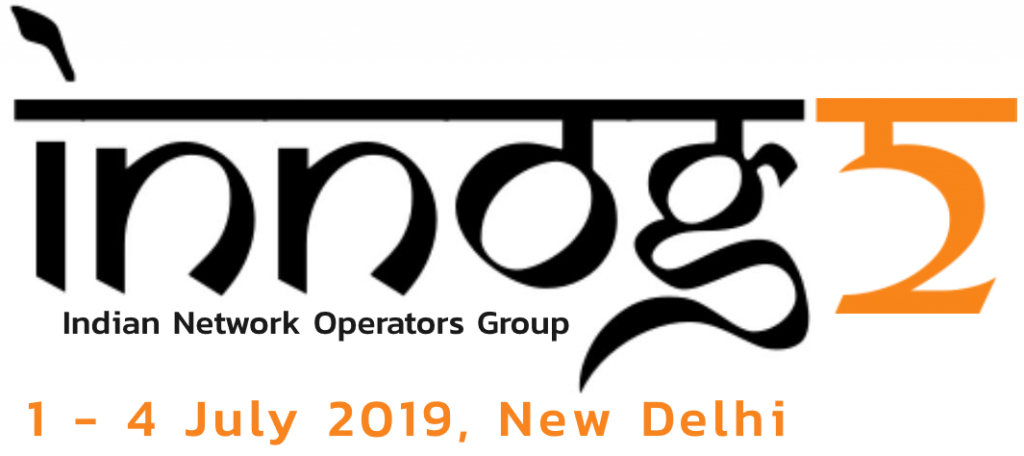Travel and some thoughts on expenses
Frugal living
Over the last few years, I have been travelling quite a bit as part of my job at Hurricane Electric. One of the discussions which come up regularly is “When did you arrive?” or “Where are you staying?” or “How many connections you had in your flight?” and whenever I answer such questions to my friends, I get a surprising look. I personally never understand the surprise about it but somehow it comes so often that I decided to blog and document my reply here so I can pass the link next time instead of explaining. :)

